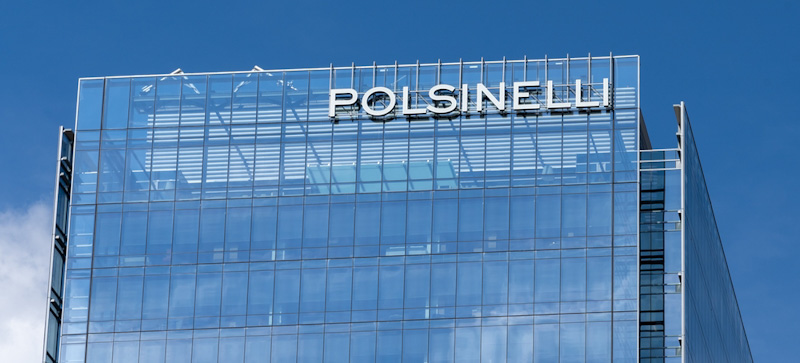The Questionable Motivation Behind Twitter’s Rebrand Continues
“While the outcomes of these pending lawsuits are difficult to predict so early in the proceedings, their filings only reinforce the question—why did X Corp. rebrand away from Twitter in the first place?”
X Corp., formerly known as Twitter Inc., was hit with another trademark infringement lawsuit last week out of the Northern District of California. The plaintiff, DB Communications LLC d/b/a Multiply, sued X Corp., claiming trademark infringement under the Lanham Act, among other claims, based on its use of the ‘X’ trademark.
The Confusion Factor
Multiply describes itself as a social media and public relations agency that creates social media advertising campaigns for its clients, and uses a stylized X logo as a branding element for its services, reminiscent of the multiplication symbol and as a nod to the company name. It claims that X Corp.’s rebrand away from Twitter to the letter X and its stylized version has caused confusion among Multiply’s existing and prospective clients, some of whom allegedly believe there is now an affiliation between Multiply and X Corp, when no such affiliation exists.
Multiply also claims that X Corp.’s questionable public-facing conduct, which has resulted in advertising fleeing the platform, reflects negatively on Multiply to the extent consumers believe the companies are, in fact, affiliated. If Multiply is right that existing and potential clients have confused X Corp.’s and Multiply’s respective X logos, that would be a major factor finding in favor of trademark infringement against X Corp.
In order to bring such a lawsuit under the Lanham Act, a trademark registrant must demonstrate either an actual or a sufficiently imminent injury to its trademark rights. Once standing is established, trademark infringement claims can be a heavily subjective, fact-intensive inquiry. The main question is whether consumers will be, or already have been, confused as to the source of the services branded under the respective designs of each parties’ X design, to the trademark registrant’s detriment. And when the dominant element of the subject marks—here, just the letter X—is so simple, every design element matters, coupled with other factors like the relatedness of the goods and services, the target audiences, channels of trade, evidence of actual confusion, etc. in either proving or disproving trademark infringement.
Searches and Strategies
When Twitter suddenly rebranded to X, lawsuits like this one were a foreseeable possibility. X Corp. rebranded away from a $20 billion asset to something far more common and already frequently used by competitors in the market—the letter X. It is standard trademark law practice to conduct a clearance search before adopting a new mark. Such searches look at the relevant landscape to paint a picture as to senior users’ rights in similar marks for similar services, and to determine whether any senior user may have a valid claim for trademark infringement against new use of a similar mark.
It is highly questionable whether X Corp. did such a search.
If it had, prior rights like Multiply’s X logo would have certainly been uncovered, as would the potential for future litigation. Or maybe X Corp. did some searching, and just did not care about the results. Based on its decision to toss an internationally recognized and very strong trademark in Twitter, there is the possibility that X Corp. wanted to rebrand to X, regardless of the trademark and legal implications of such decision.
Now, X Corp. is facing at least two federal court trademark infringement lawsuits—X Social Media also sued the company—with the potential for more to follow. While the outcomes of these pending lawsuits are difficult to predict so early in the proceedings, their filings only reinforce the question—why did X Corp. rebrand away from Twitter? Why would it throw away such a unique, valuable brand for a single letter already used by so many others? These answers may only be answered by X Corp. leadership. Maybe money is no object and X Corp. will pay to settle these lawsuits and continue to make other objectors go away. But the cost of the rebrand is ever increasing. First, it tossed away the $20 billion brand, now it is adding on top legal fees to defend these actions and the possibility of high-dollar amount settlements or monetary judgments.
What’s to Come
One conclusion is very clear: these trademark infringement lawsuits are not surprising. From a trademark law perspective, one can reasonably expect more lawsuits to follow, as well as opposition proceedings in front of the Trademark Trial and Appeal Board, should X Corp.’s trademark applications for the X mark ever reach the publication stage. Many of its applications for either the standard character or stylized X trademark have either been suspended by the U.S. Patent and Trademark Office pending the outcome of prior-filed applications covering similar X-based trademarks or have received likelihood of confusion refusals based on registrations for X-based trademarks. It is unclear if X Corp. will be able to overcome such refusals and ever achieve federally-issued trademark registration status.
Image Source: Deposit Photos
Author: kvickys
Image ID: 667975846
Lindsey Sadler
Lindsey Sadler is an intellectual property partner at Dorsey & Whitney in its Denver office specializing in brand portfolios, trademarks, copyrights, advertising, domain name and internet enforcement.







